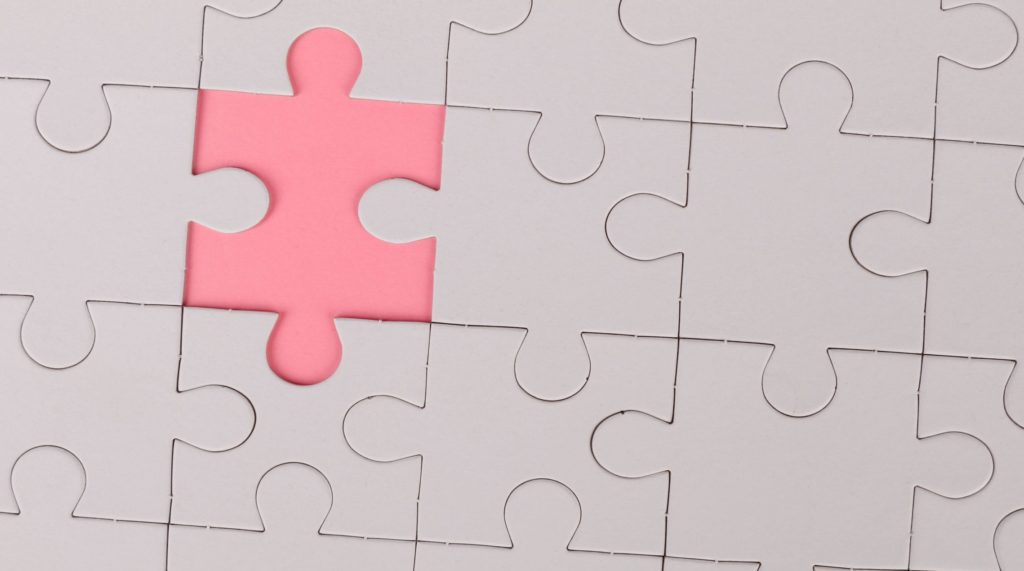
by Tine van Hof
A recent donor scandal has caused public outcry in Belgium where no fewer than 53 children were conceived by 37 women using sperm from a single Danish sperm donor, who turned out to carry a cancer-causing gene. A frantic search for a scapegoat has followed, both among previous ministers of health, who failed to set up a donor database until early 2024, and among the Federal Agency for Medicines and Health Products, which had long been aware of the cancer gene. Understandably, this outcry is directed at the government’s failure in this specific case. Nevertheless, without a more thorough review of the donor conception system, especially taking into account children’s rights, future scandals cannot be ruled out.
A fertility journey always begins with one or two intended parents who want a child of their own, but medical (e.g. infertility) or other obstacles (e.g. being single) prevent them from fulfilling this desire. Medical science has already come a long way in providing solutions to many of these obstacles. The legal framework has kept pace with these medical developments to a certain extent: since 2007, Belgium has had the Medically Assisted Reproduction Act, which regulates, among other things, the filiation of intended parents after sperm and egg donation. The fertility process is centred on honouring and facilitating the desire of intended parents to have children. However, fulfilling this desire requires a sufficient supply of donors—and this is where Belgium runs into problems. To meet the demand of intended parents, Belgian fertility centres heavily rely on sperm from Danish commercial sperm banks. But this comes with significant risks, as has now become clear.
While the focus is largely on the desire of intended parents to have children, the child as the hoped-for outcome of a fertility process sometimes seems to be forgotten. Yet, much more than the desire of intended parents, the rights and interests of the child should be central. After all, the child had no say in the decision to be conceived using donor material but will sooner or later be faced with this fait accompli. Crucial for the child in this context is his or her fundamental right to know their origins. This right is protected by the Convention on the Rights of the Child and the European Convention on Human Rights. When donor conception is viewed from the perspective of this right of the child, and no longer from the perspective of the desire of intended parents to have children, various practices need to be reconsidered.
Firstly, the Belgian legislator should put an end to the use of anonymous donors. A child’s right to information about his or her origins can only be respected if donors are known and if this information is also accessible to the child. The fear that this will lead to an even greater shortage of donors should not play any role whatsoever from a children’s rights perspective. After all, what is important is not that the desire of all intended parents to have children is fulfilled, but that every child born has access to information about their filiation. The Belgian Constitutional Court also ruled in this sense in September 2024 and gave the legislator the clear task of amending the current legislation. The legislator has assured that it will do so in the most recent Federal Coalition Agreement.
Secondly, the use of foreign donor material should not compromise children’s rights. Fertility centres should only be allowed to use foreign donor material if it can be guaranteed that the child will have access to their origins. This is no easy task. Even if the donor’s details are kept in a Belgian register at the time of import of the material, the donor’s details (e.g. name, address) may change over time, making it impossible for the child to trace their donor.
Third, other aspects of children’s interests must also be considered. For example, according to the Medically Assisted Reproduction Act, sperm or egg cells from the same donor may not be used to conceive children by more than six different women. Adhering to this “six-woman rule” serves several interests of donor-conceived children: it avoids excessive uncertainty about the number of half-brothers and half-sisters and an excessive risk of genetic relatedness when finding a partner. However, the recent donor scandal exposes what has been known for some time: the application of this “six-woman rule” is not closely monitored. The national donor register, which was finally established in January 2024, is meant to change this. Although this register is undoubtedly a step in the right direction, the risk of donor scandals remains when using foreign donor material. There is no global cap on the number of children a donor can help conceive, and a national registry cannot prevent one donor from having hundreds of offspring worldwide – meaning a child could still have hundreds of half-siblings.The use of foreign donor material to fulfil the desire of intended parents to have children must not come at the expense of the protection of the rights and interests of donor-conceived children. The legislator needs to seriously consider whether restrictions should be imposed on the import of such material in light of children’s rights. One thing is clear: any debate on this issue must start from the clear principle that intended parents do not have a right to a child, but that every child does have rights.
*Postdoctoral researcher and Visiting Professor, University of Antwerp




